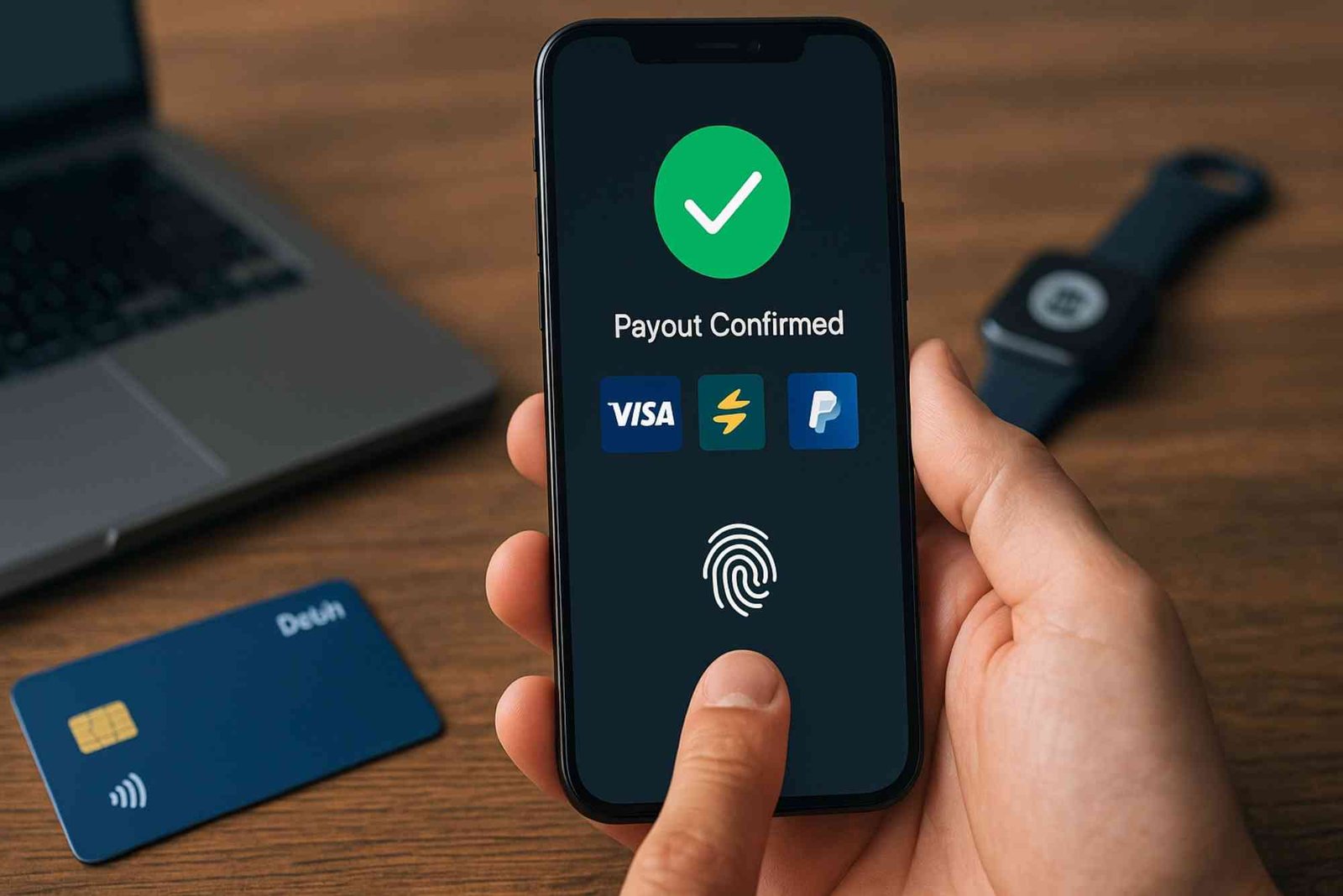Understanding Why Betting Limits Matter
When it comes to gambling, the thrill of the spin or the hand of cards can be intoxicating. But without guardrails, excitement can quickly turn into stress, regret, or even serious financial trouble. That’s where betting limits come in. By establishing clear boundaries—both in terms of money and time—you protect yourself from chasing losses, prevent impulsive decisions, and ensure that gambling remains an entertaining activity rather than a harmful habit. In my years of playing responsibly, I’ve seen how setting realistic constraints transforms the experience: wins feel sweeter, losses sting less, and the overall session stays firmly within your comfort zone.
Effective betting limits serve two primary purposes. First, they preserve your bankroll. Losing sessions are inevitable, but by capping how much you’re willing to risk, you ensure there’s enough left for another night. Second, limits guard your mental health. Knowing you’ve done everything possible to prevent runaway losses—whether by hitting a preset loss cap or taking a scheduled break—reduces anxiety and keeps you in control. It’s a mindset shift, too: instead of viewing limits as restrictions, see them as tools that empower you to enjoy gambling on your terms.
Understanding the Importance of Betting Limits
At its core, a betting limit is simply a self-imposed boundary. It might be a daily spend cap, a maximum wager per spin, or a set time limit on your playing session. The psychological effect of these boundaries can’t be overstated. When I first experimented without limits, losses would spiral before I noticed. After adopting a structured approach—designing limits before logging in—I gained peace of mind and extended my gameplay over months rather than weeks.
Betting limits also tie directly into broader responsible gambling measures. Many regulated operators now offer built-in features such as deposit limits, reality checks, and session timers. These interventions are designed to nudge players toward safe behaviour, but they work best when combined with your personal discipline. Beyond just activating site tools, ask yourself: How much can I comfortably afford to lose today? What’s the maximum bet size that won’t ruin my bankroll? By answering these questions upfront, you build a buffer against emotional overspending.
Different Types of Betting Limits and How to Set Them
There isn’t a single “right” way to limit your play—limits should reflect your budget, your goals, and your comfort with risk. Here’s how I break down the main categories:
-
Deposit Limits: The total amount you allow yourself to deposit over a given period—daily, weekly, or monthly.
-
Wager Limits: The maximum you’ll stake on any one bet or spin.
-
Loss Limits: A hard cap on how much of your bankroll you’re willing to lose before you stop playing.
-
Time Limits: A schedule that dictates how long you’ll play in one sitting or on any given day.
For instance, when I experimented with higher-stakes games, I set a daily deposit limit equal to one week’s entertainment budget. That meant even if temptation struck, I couldn’t reload more funds once the cap was reached. Similarly, I set my wager limit at 1% of my total session bankroll so that no single spin could derail my entire balance.
When you decide on these figures, be brutally honest about your disposable income. If you treat gambling like any other form of entertainment—budgeting it alongside dining out or movie tickets—you’ll naturally establish limits that fit your lifestyle. And when you combine personal limits with operator tools—many sites let you adjust your deposit and loss limits instantly—you create a robust safety net around your play.
Practical Strategies for Maintaining Your Betting Limits
Establishing limits is one thing; sticking to them is another. From personal experience, here are strategies that keep me accountable:
-
Set Clear Reminders: Use your phone’s calendar to block out gambling sessions, including an alert when it’s time to stop.
-
Keep a Gambling Journal: Jot down each session’s starting balance, end balance, and emotions felt along the way. Patterns will emerge, guiding future adjustments.
-
Enlist a Trusted Friend: Let someone close know your limits, and ask them to check in if you start to exceed them.
-
Use Cooling-Off Periods: When you hit a loss limit, don’t just pause—consider a day or two away to reset emotionally.
In one memorable instance, I breached my loss limit after a particularly unlucky streak. Instead of reloading, I enforced a 48-hour cooling-off period. During that break, I reviewed my play journal, recalibrated my session goals, and returned with a clearer head—ultimately preserving my bankroll and my peace of mind.
Tools and Features to Help You Stick to Limits
Online gambling platforms increasingly offer responsible gaming tools designed to reinforce your personal limits. Here are some you should look for:
-
Deposit and Loss Limits: Easily adjustable settings that bar further deposits or play once reached.
-
Reality Checks: Automatic pop-up notifications telling you how long you’ve been playing.
-
Session Timers: Features that prevent you from staying logged in beyond a set duration.
-
Self-Exclusion Options: Strong measures that lock your account for set periods, from 24 hours up to several years.
If you explore sites that accept credit card online casinos, you’ll find many operators have built-in limit controls. Linking your payment method to a site’s banking controls ensures that you can’t skirt your own rules. Always verify that your chosen platform offers these features before you fund your account—it’s a hallmark of responsible, player-focused operators.
Real-World Examples of Effective Limit Setting
Let me share two scenarios from my own play history:
-
Low-Stakes Leisure Play: With a £100 monthly budget, I split my funds into four £25 sessions. My deposit and loss limit for each session was £25, with a wager limit of £0.50 per spin. This approach let me enjoy casual spins without ever worrying about overspending.
-
High-Stakes Thrill Chase: When I had a £500 bankroll set aside for a special weekend session, I used a staggered loss limit: £100 per day, with a hard cap at £500 for the trip. I also set higher wager limits—up to £5 per spin—but kept a strict time limit of four hours per day.
In both cases, I walked away satisfied, regardless of whether I won or lost. Because my limits were clear and non-negotiable, gambling remained fun rather than stressful.
Common Mistakes to Avoid When Setting Betting Limits
Even well-intentioned gamblers can slip up. Watch out for these pitfalls:
-
Overly Ambitious Limits: Setting your deposit cap equal to half your rent is a recipe for regret. Always use disposable income.
-
Adjusting Limits Mid-Session: If you can raise your loss limit in the heat of the moment, it defeats the purpose. Choose a platform that enforces a waiting period for limit increases.
-
Ignoring Time Limits: You can manage money flawlessly but still lose track of hours. Schedule breaks and finish times.
-
Relying Solely on Site Tools: Personal accountability matters. Even the best site features won’t help if you ignore them.
By steering clear of these errors and combining personal discipline with site features, you create a fail-safe system that keeps gambling healthy and within your control.
Final Thoughts on Responsible Gambling
Setting effective betting limits is the cornerstone of responsible gambling. These boundaries protect both your finances and your peace of mind, transforming gambling into a sustainable form of entertainment. Whether you’re spinning slots for fun or playing high-stakes table games, clear deposit, wager, loss, and time limits empower you to enjoy the experience without regret.
Remember, limits aren’t about restriction—they’re about freedom. Freedom to play confidently, knowing that you control the game, rather than the other way around. So take a few minutes today to define your boundaries, activate the tools on your chosen platform, and commit to sticking with them. Your future self will thank you.



